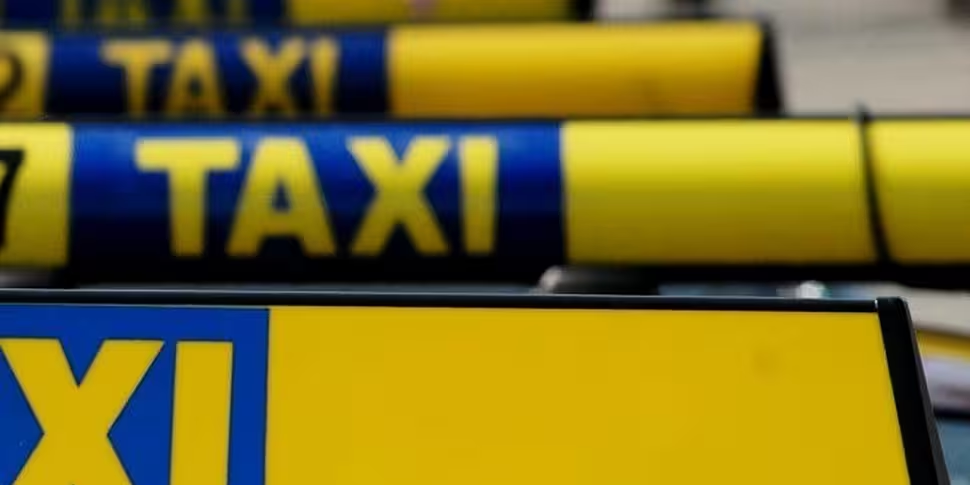If you travel by taxi, you may have noticed a dash camera at the front of the vehicle. These can face inwards, outwards or both. Is the use of these cameras regulated and what do you, the passenger need to know? I decided to take a closer look.
You may wonder how CCTV cameras in a taxi differ to cameras you may find on a bus, car park or train. The answer is that a taxi passenger has a reasonable expectation of privacy.
In the areas listed above, there are clear signs in place and other people are around, going about their daily business. When a passenger travels by taxi, there is an expectation that they have the privacy of the car and that their data, ie what they do during that journey, is protected.
The Data Protection Commissioner says there must be legitimate, and justifiable purpose for using CCTV in a taxi, which could not be achieved by other measures of a less intrusive nature into the data privacy rights of passengers.
I reached out to the NTA who told me that there’s nothing specific in taxi law or within their remit to regulate camera use. From a data protection point of view, they say drivers at least need very clear signage.
This is one point that jumped out at me, as I have travelled in a number of taxis over the last few years that have a Go-Pro or other dash cam placed within the car but no signs.
Data Controller
The Data Protection Commissioner says that if a driver installs a CCTV system, he or she then takes on all of the responsibilities of a data controller as prescribed in the Data Protection Acts.
A written CCTV policy must be in place and should include the following information;
- the identity of the data controller;
- the purposes for which data are processed;
- any third parties to whom the data may be supplied.
- How to make an access request
- Retention period for CCTV
- Security arrangements for CCTV
It’s also important to note and question when a CCTV camera is facing inward, onto the passenger. The Data Protection Commission has described such footage as “extremely invasive”. It also says it “does not accept that it is ever proportionate to use audio recording in a taxi”.
It recommends that footage is deleted after 24 hours unless the footage is needed.
There has been much conversation as to whether or not CCTV cameras should be mandatory in taxis. Back in January 2016, the National Transport Authority published its report on Public Consultation on Mandatory Safety Equipment.
The question of introducing mandatory CCTV cameras in small public service vehicles received the highest number of positive responses. There were a number of concerns flagged, however, relating to data protection and privacy issues. This included potential illegal uploading of images to social media.
There are companies who install and manage security cameras within small public service vehicles - taking the onus off the individuals in terms of the data protection guidelines.









